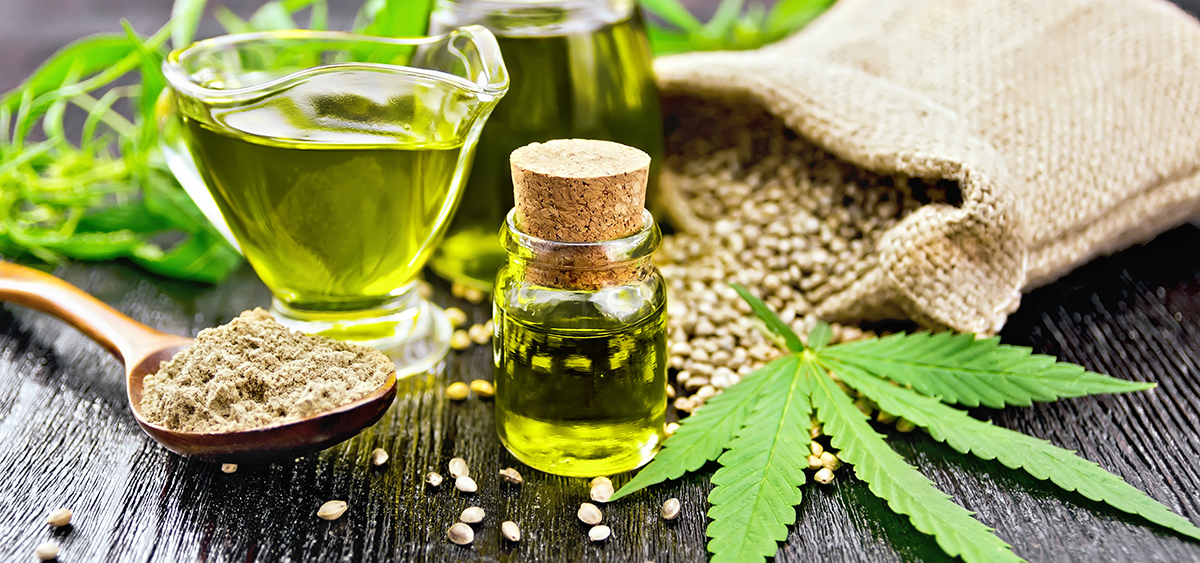Terpene essential oils are made from the primary (major) or secondary (minor) terpenes. Terpenes are found in all plants, insects, and other living organisms. There are more than 50,000 terpenes in nature. Flavonoids are another common plant compound. There are more than 200 terpenes currently identified in cannabis and over 300 different flavonoids have been identified in cannabis extracts thus far. It has been documented that the terpene content of cannabis can vary tremendously from one harvest to another, even for cultivated plants grown under identical conditions.
Terpene essential oils are made from the primary (major) or secondary (minor) terpenes.
Terpenes are the aromatic compounds found in plants. They’re also found in insects, other living organisms, and even humans! Terpenes have a wide range of uses. They can be used as fragrances or flavors for perfumes and foods, or they can act as insecticides to kill unwanted pests on crops like cotton and lemons. Terpenes are also known for their stress-relieving properties—they can reduce anxiety by helping you relax after a long day at work.
Terpenes are what give cannabis its distinctive smell and taste (along with cannabinoids like THC). For example: limonene gives citrus fruits their signature aroma; pinene is what makes pine needles so piney; linalool smells like lavender; eucalyptol gives eucalyptus its distinctive scent—and those are just some examples!
Terpenes are found in all plants, insects, and other living organisms.
Terpenes are found in all plants, insects, and other living organisms. They are used by plants to attract bees and other pollinators, and they’re also used by insects to attract mates. Humans use terpenes as part of the essential oil mix that is distilled from plants like lavender or rosemary (think eucalyptus).
Terpenes can be found in a wide variety of places, including:
- The resins produced by trees such as pine trees or cedar trees
- Essential oils produced by herbs such as mint
- Plant matter that you might find at home growing on your windowsill
There are more than 50,000 terpenes in nature.
Terpenes are the building blocks of plants. They’re found in all plants, insects, and other living organisms. In fact, there are more than 50,000 terpenes in nature. That’s a lot of scents! If you love the smell of lavender or rosemary when you walk through your garden (or if you have an allergic reaction to strong smells), it may be because we all have naturally occurring receptors for terpenes on our skin—and in our nose! This means that these compounds can also be used to make essential oils for aromatherapy sessions or even just as perfume add-ons for your everyday life.
Flavonoids are another common plant compound.
Flavonoids are a type of antioxidant that you’ve likely heard about before. They can be found in many foods and plants, including grapes, tomatoes, and tea. Flavonoids have many health benefits like reducing inflammation and improving heart health; however, their properties vary depending on the specific flavonoid. For example:
- Quercetin—found in apples and red onions—has anti-inflammatory properties
- Myricetin—found in thyme—has antibacterial effects
There are more than 200 terpenes currently identified in cannabis.
In cannabis, they can be found in the trichome glands on the plant’s flowers (where THC, CBD and other cannabinoids are also found). There are more than 200 terpenes currently identified in cannabis. The most common ones include myrcene (found in mango), linalool (found in lavender), pinene (pine needles) and limonene (lemon). Cannabis terpenes have been shown to have therapeutic properties of their own — for example, linalool is used for pain relief while limonene is used to treat depression — but when combined with other cannabinoids like THC or CBD they may produce a synergistic effect which enhances their medicinal benefits even further.
It has been documented that the terpene content of cannabis can vary tremendously from one harvest to another, even for cultivated plants grown under identical conditions.
With that in mind, it’s possible for the terpene content of your cannabis to vary from one batch to another. The same plant can produce a different profile of terpenes depending on what stage of growth it was harvested at and how it was dried. If you have a particular strain and want to know exactly what it will smell like before purchasing, ask your grower if they have any samples available for you to smell.
If you live in a state where growing is legal, try growing some yourself! You can start off small with an indoor setup or get more ambitious with outdoor plots (if permitted). As long as there are plenty of female plants around—and plenty of male plants too—you should end up with enough flowers to experiment with during the harvest season.
There is a strong correlation between the aroma of a specific strain of cannabis and the dominant terpene present.
You may have noticed that the aroma of a particular strain of cannabis tends to be similar from plant to plant, but can vary wildly between harvests. That’s because it’s not the terpenes that give marijuana its familiar aroma; rather, the relative amounts of each terpene present in any given sample make up a strain’s signature smell.
This means that even if two different crops of cannabis are grown from the same batch of seeds under similar conditions and harvested at roughly the same time, their aromas will still differ significantly depending on growing conditions, soil composition (or lack thereof), climate and humidity levels, etc.
More research is needed to determine if there is an ideal ratio of CBD to THC that could be used therapeutically for individual patients ‘ needs.
More research is needed to determine if there is an ideal ratio of CBD to THC that could be used therapeutically for individual patients ‘ needs.
There is a strong correlation between the aroma of a specific strain of cannabis and the dominant terpene present.
Terpenes play an important role in making cannabis used as a medicine because they act on receptors in the human body as cannabinoids do.
Terpenes play an important role in making cannabis used as a medicine because they act on receptors in the human body as cannabinoids do. In fact, some terpenes actually have very similar effects to cannabinoids.
Terpenes are responsible for the aroma of cannabis, its taste and flavors, and they also contribute to its effects on your body. The medicinal benefits of terpenes are still being studied but it appears that these compounds interact with receptors in the brain similarly to how cannabinoids do.
Conclusion
The terpene content of cannabis can vary tremendously from one harvest to another, even for cultivated plants grown under identical conditions. The aroma of a specific strain of cannabis is strongly correlated with the dominant terpene present. More research is needed to determine if there is an ideal ratio of CBD to THC that could be used therapeutically for individual patients ‘ needs.
Medical Disclaimer:
The information provided in these blog posts is intended for general informational and educational purposes only. It is not a substitute for professional medical advice, diagnosis, or treatment. Always seek the advice of your physician or other qualified healthcare provider with any questions you may have regarding a medical condition. The use of any information provided in these blog posts is solely at your own risk. The authors and the website do not recommend or endorse any specific products, treatments, or procedures mentioned. Reliance on any information in these blog posts is solely at your own discretion.






